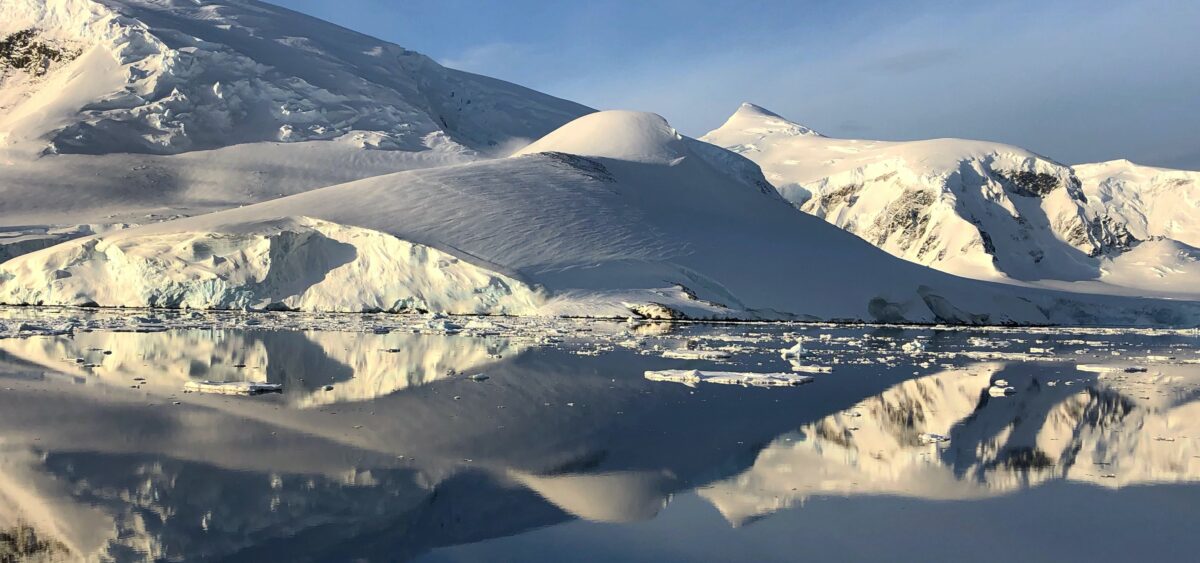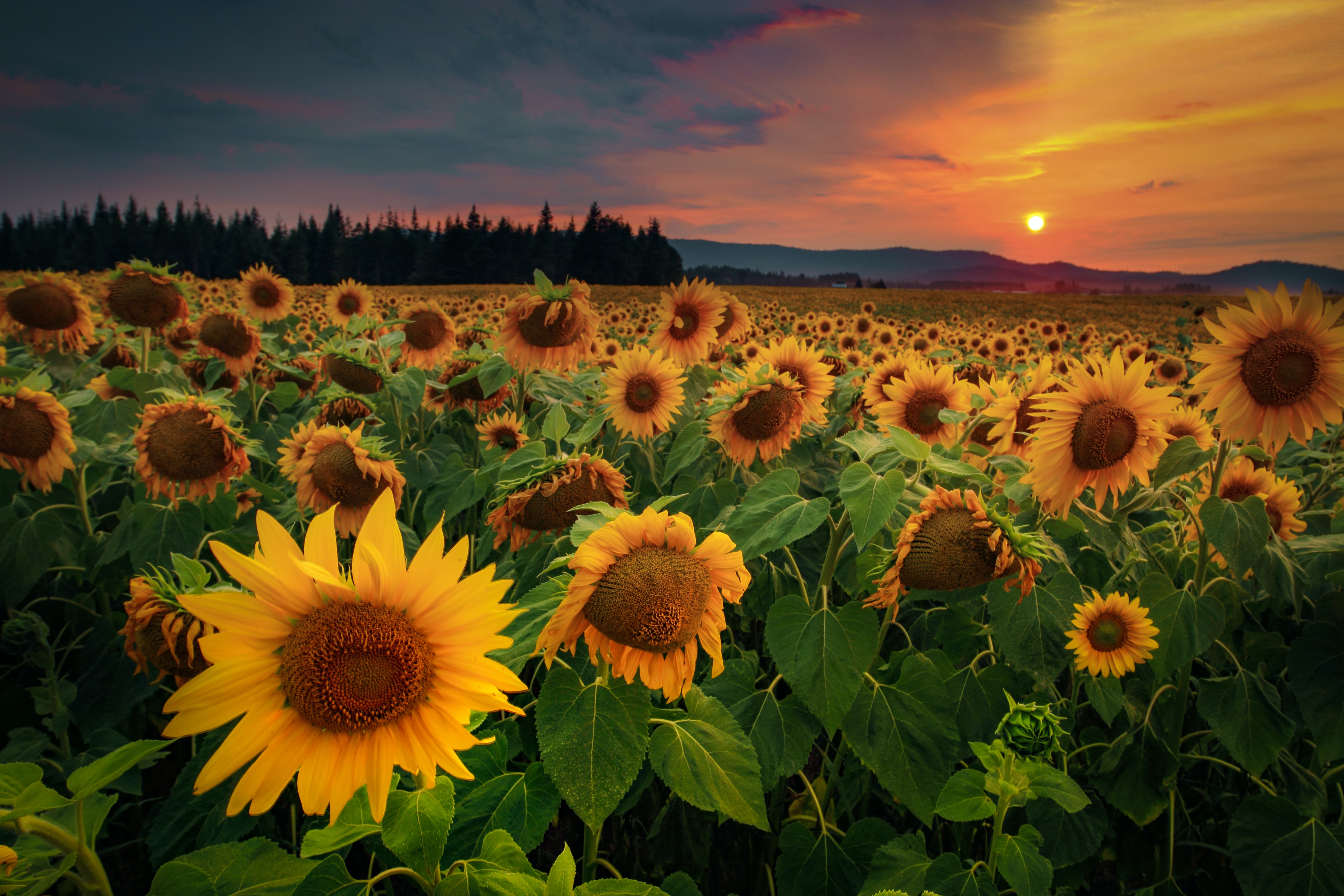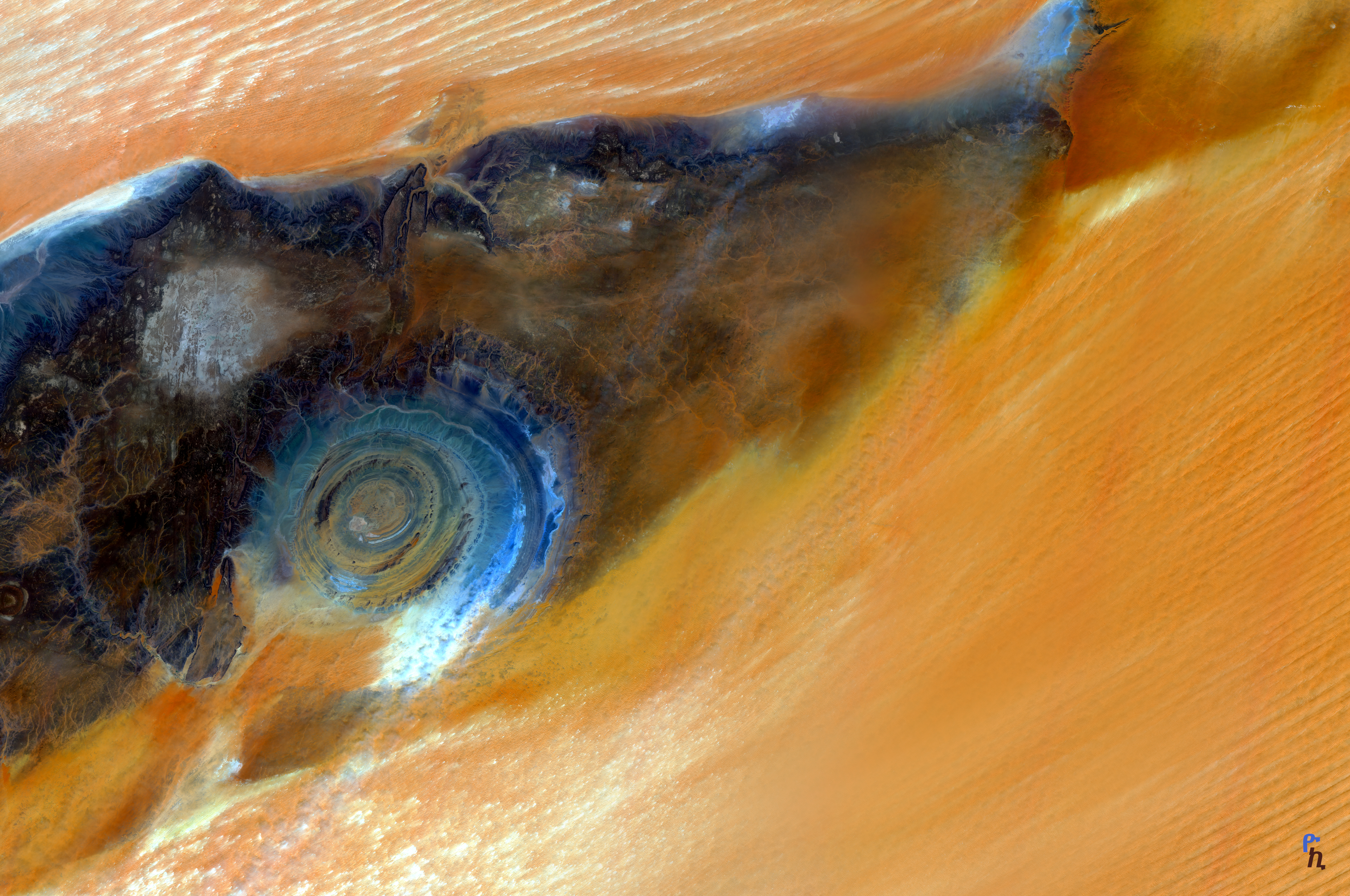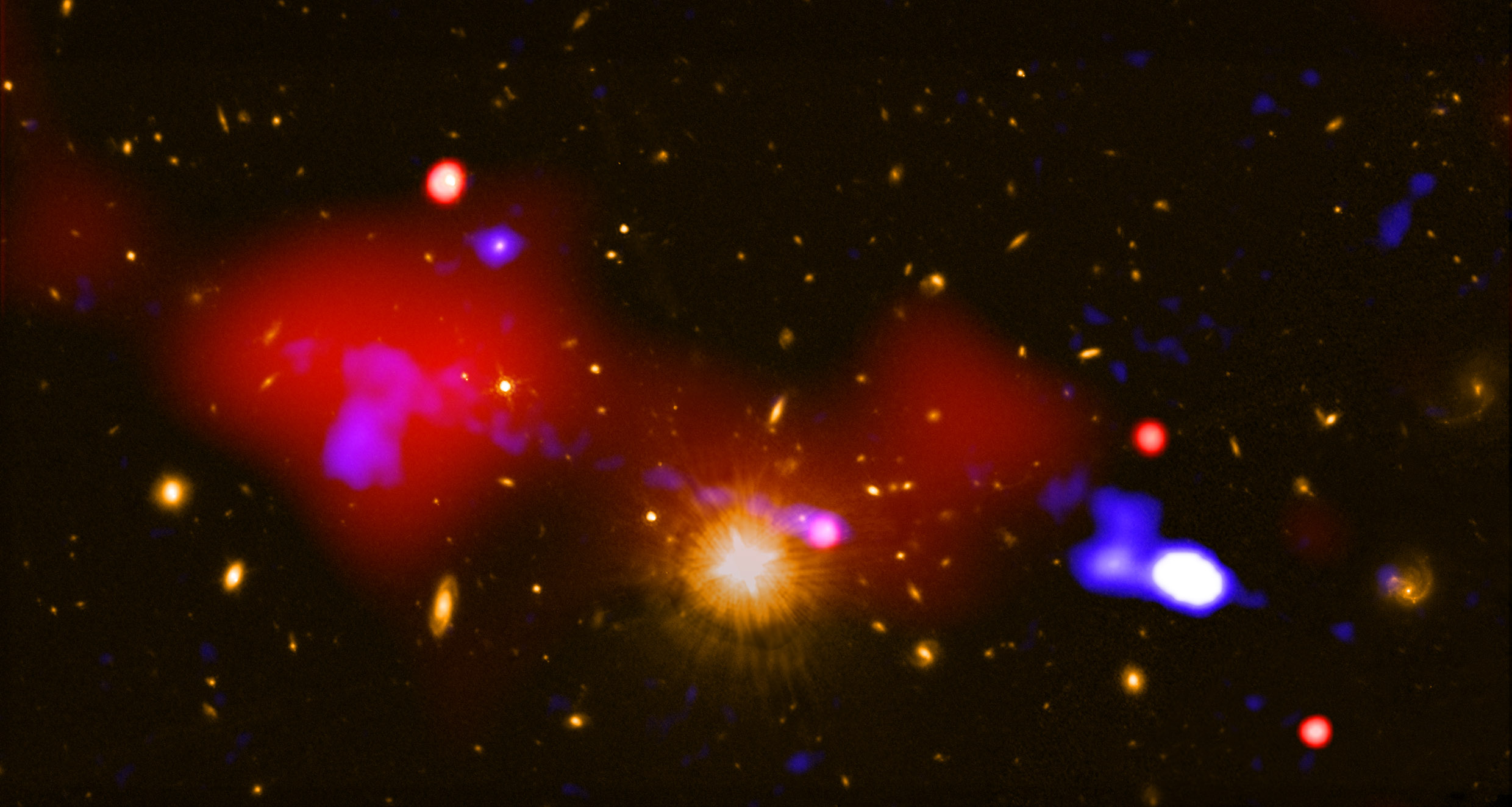
We naturally associate the Sun with the tropics. Columbus even believed that these regions are closer to it, and imagined the Earth as an enormous female breast, with its erect nipple somewhere around equatorial South America—which is why it’s so warm there. But the Sun’s influence is nowhere so dramatic as in the coldest areas: on the poles and in their surrounding regions.
I’m not a fan of Columbus, to put it mildly. Yes, he did once get spectacularly lost in the Atlantic and America’s Indigenous inhabitants had to help him out. In retrospect they probably wish they hadn’t, considering the bloody way in which he repaid them. In any case, he thought he’d reached the Indies because he drastically underestimated the size of our planet, even though at the time all the data on the subject already existed. Today we know that he certainly wasn’t the first European to reach America: the Normans arrived there five hundred years earlier. But they didn’t discover it either, because it’s impossible to discover a continent that has been inhabited by masses of people for thousands of years. Just as they didn’t discover France when they visited it as Vikings. It’s worth remembering that a Viking is just a Norman at work—the word doesn’t describe nationality, but a profession of fairly energetic exploration. A Viking is a very active tourist from a thousand years ago, immensely interested in artifacts of material culture, especially the smaller ones—a bit like the representatives of the British Museum a few hundred years later.
But let’s go back to Columbus. The vision of our planet as a pear-shaped breast is really the only positive thing I associate with him. Although geographers and geologists agree that Mother Earth unfortunately does not have such a nipple pointing towards the Sun, it is true that it can sometimes be slightly closer to the Sun from the equatorial regions than from the poles. The difference, however, is comparable to when we bask in the light of our star. Yes, the ear will be a bit further away than the nose, but that changes nothing.
The Cosmic Kebab
The curvature of the Earth is of much more significance. If our planet rotated on an axis perpendicular to the direction of the Sun’s rays, the equatorial regions would be illuminated at a right angle, i.e. most intensely, and through the thinnest layer of the atmosphere. To put it simply, there would be the most sunlight there. Closer to the poles the light would fall at a more acute angle, and the atmosphere would absorb more energy, so less of it would reach the surface of the Earth and it would be colder. And, by and large, this is the case, only our rotation is not perpendicular to the Sun. When our planet was very young and taking its first tentative steps along the cosmic orbits, it had an accident. Astrophysicists think that a long time ago another young, still quite ungainly planet—or rather a protoplanet—about the size of Mars slammed into it. The impact was strong enough to knock Earth off balance, causing it to tilt away from that perfect right angle by twenty-some degrees. It is very slowly returning to the vertical (although, of course, in space everything is both vertical and horizontal) and currently the orbital axis deviates from perpendicular alignment with the Sun by about 22.2° to 25.5°, depending on when you measure. The Earth wobbles a little during its rotation and these numbers change every 41,000 years or so. The axis of the planet’s rotation can be visualized as a vertical spit stabbed through the juicy mass of a huge doner kebab, which takes twenty-four hours to fully revolve. I’m not urging anyone to eat meat, but we all know what it looks like. If the spit was completely vertical, we would all grill fairly evenly, although it would be hottest on the equator. At each and every place on our globe day and night would always have the same length and there would be no seasons; differences in temperature would only relate to latitude, i.e. the distance from the equator. But in our case, the spit rotates at an angle, and in addition, the entire structure revolves around a circular grill on an annual cycle. So sometimes the top of the spit, i.e. the North Pole, is tilted towards the heat source, while other times it’s the opposite and the bottom of the planet is illuminated. This is why seasons exist and become more differentiated the further we are from the equator.
Albedo and Drugs
If we strain our spatial imagination for a moment longer, we will easily find out that at both poles there are circular patches where for some time light doesn’t reach at all. When the north end of the Earth’s axis is tilted away from the Sun—i.e., when it is, has just been, or soon will be winter in the northern hemisphere—the North Pole and its surroundings are in the shadow of the planet’s curvature for most of the time. Simultaneously, on the “underside” it is light almost twenty-four hours a day, because the southern patch is tilted towards the Sun. Six months later, when the Earth finds itself at the other end of its circumsolar ellipse, it will be the other way around. The borders of these patches are the two polar circles: the Arctic in the north and the Antarctic in the south. Within these, for at least one twenty-four-hour period a year, the Sun doesn’t set at all, and we have a polar day (or midnight sun); half a year later, the Sun will not rise above the horizon and there will be a polar night.
I’ve been lucky enough to have traveled inside both these circles many times, but unfortunately always during the local summer, so I’ve not yet seen the polar night. I’ve only visited the North Pole a few times. As you go there on an icebreaker ship, the Sun never disappears, it only moves above you in a small circle. I have to admit that it really messes with your head. I would sometimes nap after lunch during the voyage, and when I woke up to see the cabin clock indicating two o’clock, I had no idea which two o’clock it was. Did I sleep for an hour or thirteen hours? At least once I carefully looked out into the corridor to assess the situation. I thought, “Okay, there are people, fully dressed and not looking too drunk, so it’s probably 2 p.m.” But I couldn’t be sure. Because of the constant sunlight my sleep deficit was so huge that after each of these twelve-day-long trips (that’s how long it takes to reach the pole, celebrate for the required twenty-four hours, and come back), on my return to Poland I’d sleep for seventeen hours straight. This isn’t the only surreal element of the voyage, either. When the nuclear-powered icebreaker steadily punches its way through the ice, it’s like living through a constant earthquake. The ship is surrounded in all directions by an icescape of white floes, very blue pools of meltwater, and long banks of piled-up pressure ridges. These are formed when these huge, floating sheets of ice, called floes, push up against each other, and the ice at their edges is pushed up and down a few dozen feet, underneath them. It is due to these natural obstacles that North Pole explorers face such a difficult task—they encounter almost unscalable walls of ice debris all the time. This labyrinth of melted puddles and pressure ridges all the way to the horizon, so that nothing is visible but ice. When it seems there’s a glimpse of something else after all, it’s usually just a little more ice. Although, sometimes Polar bears walk around on it—I even saw one on the pole itself. As a result, journeys to the North Pole sometimes feel less like a normal geographical excursion and more like a drug trip. Not that I know what that’s like—that would be illegal—but I’ve heard they tend to be strange.
This mass of sea ice—apart from messing with our heads and providing polar bears with a place for roaming and hunting—is of colossal importance to the Earth’s climate. This is because of the so-called albedo effect. Albedo is a measure of the reflectivity of different surfaces. The dark ones absorb a significant part of solar energy and that’s why, when the sun is shining, we feel warmer in a black T-shirt than in a white one. On the other hand, light-colored surfaces send most of the rays back into space. White sea ice and snow reflect about ninety percent of radiation, so the ice-covered polar regions function as natural air conditioning for our planet. Unfortunately, as a species we’re doing everything to heat them up. Greenhouse gasses in the atmosphere, and even higher—which we are continuing to produce in gigantic quantities—reflect solar energy back towards the Earth. This is the reason for their name—enveloped by them, the whole planet heats up like a purpose-built conservatory for plants.
The warmer it is, the more ice and snow melts. This means that increasingly large expanses of dark ocean and rocks are getting exposed. These absorb more energy, and as a result the system heats up—even more ice and snow melts, revealing more dark surfaces. So the less ice there is, the less there will be. This positive feedback loop has always existed, but recently the process has accelerated and most scientists agree that we have already reached the point of no return. Even if we stop saturating the atmosphere with greenhouse gasses overnight, the warming process will continue.
“Winter Is Coming!”
When I first heard these supposedly ominous words in the popular fantasy series, Game of Thrones, I thought it was a very promising perspective. Every time the polar regions enter the shadow zone and winter arrives, the sea ice starts to rebuild. Unfortunately, in recent decades less and less of it has amassed, and more and more is melting in the summer. However, the ice that still forms in winter increases the white surface of Antarctica in the deep south by two-thirds! Nowhere else in the world are seasonal changes so dramatic. Antarctic winter means that most of the southern continent will be shrouded in darkness, with temperatures falling over one hundred degrees Fahrenheit below freezing. At the South Pole itself, night lasts half a year, to be followed by an equally long day.
The Henryk Arctowski Polish Antarctic Station, where I have had the pleasure of spending two winters, is some distance outside of the polar circle, hence even at that time of the year we get a few hours of sunlight. This makes wintering at the station one of the best things that can happen to a person. I remember from many conversations with my colleagues that, in terms of lack of sunlight, the winters there are less difficult than in my native Poland. Back home, we go to work when it’s still dark, spend the whole day inside, and leave in the late afternoon as it’s getting dark again. At the station, breakfast in winter is at 9 a.m.; later, around 10 a.m., the sun slowly rises and we disperse to the other buildings, where some of us have laboratories and workshops. The distances aren’t big, and the way is lit with street lamps. Around 1 p.m., we return to the station for lunch, and it’s still day, but when we go back to work after the break, it gets dark again. It is indeed dark in the evening, but 650 feet surrounded by snow and in the light of street lamps is not gloomy at all. Incidentally, these late winter sunrises are very convenient and civilized. I’ve never been a fan of getting up in the morning, and the fact that the sun appears around 11 a.m. means one can calmly dress, grab a camera, and photograph a sky flooded with a raspberry dawn glow. As far as I remember, Arctowski station is the only place in the world where I would regularly see sunrises. At home, this usually happens when I stay up too late, not because I believe it’s good to get up with the sun.
All the Sunsets and Sunrises in the World
In summer, in turn, the sun does disappear for an hour or two beneath the Antarctic horizon, but the dusk-like glow lasts throughout the night. Sunrises and sunsets in the polar regions are totally different than in Poland, to say nothing of the tropics. Around the equator, they happen as quickly as if someone switched a light on and off—click and they’re over. In Poland, these colorful spectacles last a little longer, but closer to the poles they drag on for hours. The most glorious sunset I witnessed was around Ilulissat in Greenland. As we sailed out of the harbor, the sky began to turn golden. Later, for almost four hours, the world slowly changed its hue, from gold, to blood red. To deep purple. On top of that, we were surrounded by icebergs—their unreal blue contrasted with this conflagration of the sky and the sea in an absolutely unique way. In terms of my stays in Antarctica, I will never forget my first night on New Year’s Eve. I welcomed the year 2003 inside the crater of a dormant volcano on Penguin Island, near which we camped for two weeks. As the four of us climbed down the caldera (the edge of the crater) before midnight, the golden light of the west was raging. An hour later, when we emerged, the opposite rim was already illuminated with the first rays of sunrise, and the faraway glaciers glowed orange.
This summer dusk at the Arctowski does, however, have its drawbacks. The first stars of the southern sky can only be seen at the end of the season, in February. But this constant light is immensely significant for the local nature. Antarctic waters are very fertile. In the Antarctic Convergence zone, which forms the biological border of the whole region, the cold and dense waters from around the continent encounter the warmer, lighter ones from the north. Water is heaviest and densest at around 39°F, which is why it sinks under the warmer water, with which it doesn’t really mix. Another important physical property of the liquid is its viscosity, which means that cooler waters drag the warmer ones behind. These, however—after the initial shock—are still lighter, so they return toward the surface, causing a constant movement of water, known as upwelling. It carries the nutritious mineral deposits on the seabed upwards, fertilizing the surface water. The almost 24-hour sunlight and constant flow of nutrients create the perfect conditions for phytoplankton to thrive, multiplying at a frantic pace. This feeds the Antarctic krill, undoubtedly the most crucial organism of the area. Krill also reproduce rapidly, and, in turn, practically the entire Antarctic ecosystem subsists off them. If you live in the Antarctic, you either eat krill, or you feed off a species who does. This is why the sun’s return causes a veritable explosion of life. The sea ice melts, more of the ocean becomes accessible to fauna, and the general animal population starts reproducing swiftly, in order to make in time for the return of winter. Millions of penguins and Antarctic fur seals do so, as well as hundreds of thousands of other seals, and almost all local animals. Whales also arrive at this time from the north, to eat their fill and feed their young, born in warmer climes.
At present, the Antarctic continues to amaze with this abundance, so strongly related to the annual cycles of light and darkness. Admittedly, the Earth is slowly straightening out of its tilt, but that’s going to take a while longer, so we don’t have to worry about seasons just yet. What’s worse, however, is that through the planet heating up, ocean acidification, pollution, overfishing, and a number of other destructive activities even this ecosystem may one day be destroyed. It might turn out in a hundred years that the sun still rises in the Antarctic, as it does every year—only there’ll be nobody left to enjoy it.
Translated from the Polish by Marta Dziurosz










